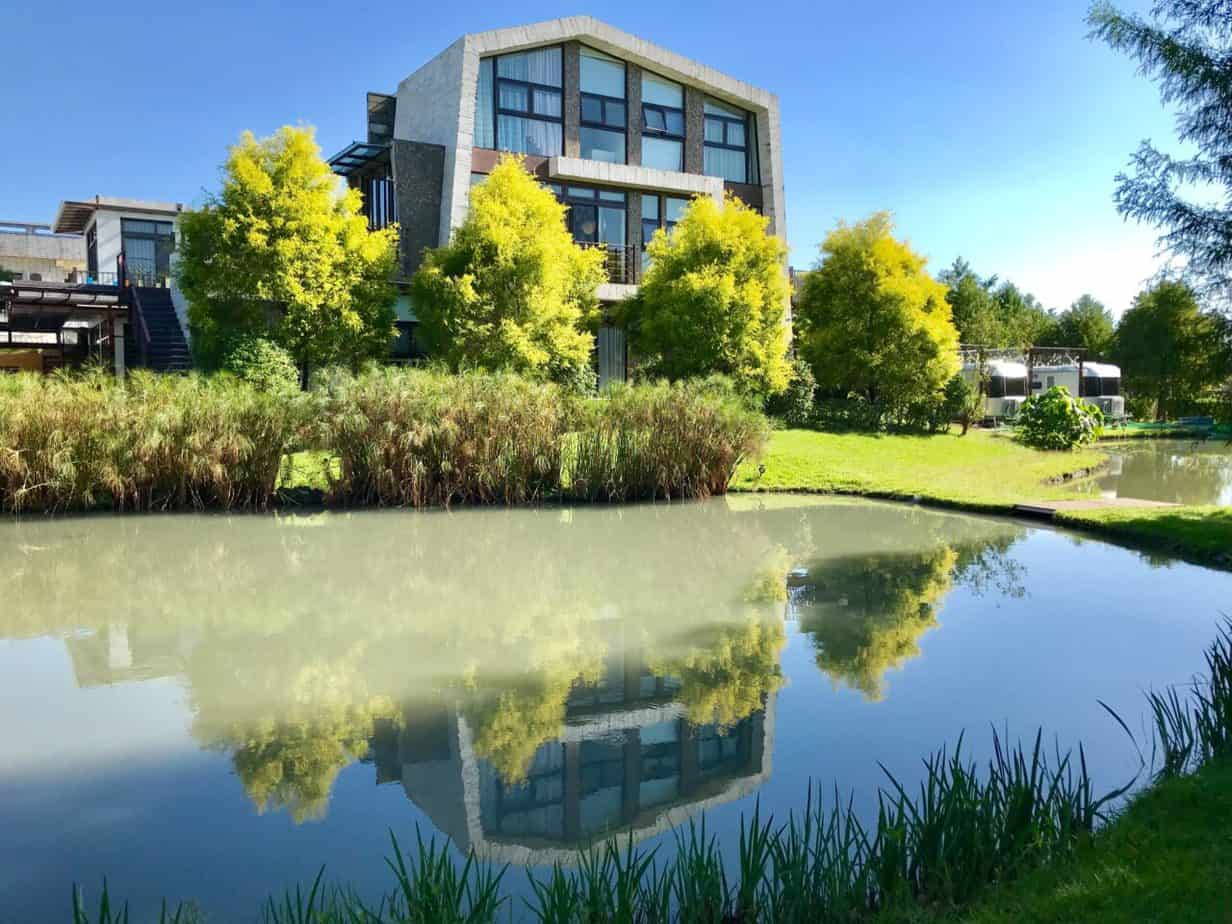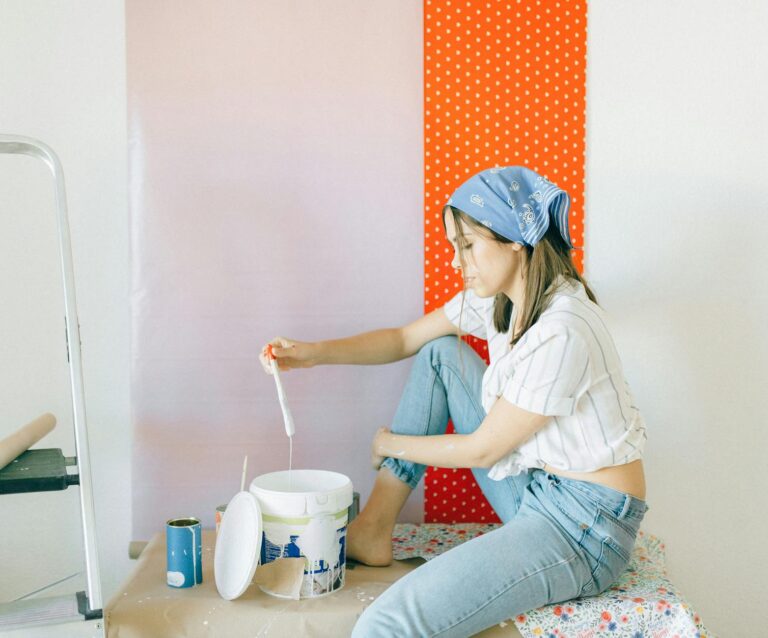This is a featured article
Spring is upon us and it’s the perfect time to plan out your garden. You’ve probably already got an idea of what you’re planting this year. But why not start the season with something permanent that will elevate your backyard garden into a new level of beauty?
Backyard ponds, while not the easiest thing in the world to build, are certainly doable by someone with a can-do attitude and a weekend to spare. You don’t know how to build a pond? Let’s get started with the basics.

Contents
The 411 on 811
Before you even consider where to put your new pond, make sure you know where you can.
Call 811 the week before and notify them you intend to dig in your yard. If there are cable, electric, or water lines running through your yard they will let the companies know. They will send a utility operator to mark where they have lines.
Location Location Location
Now that you know where you can dig, it’s time to pick where to dig. Your backyard pond will need access to electricity to run any lights, pumps, or fountains you want to install. And unless you plan on filling it with a bucket brigade it will need to be within reach of a hose.
Depending on what you want living in the pond, it will likely need to be in constant sunlight. As nice as it would be to have the pond next to a tree for some shady pondside reading, constantly cleaning leaves out of your pond is anything but relaxing.
How to Build a Pond From Scratch
Before you dig, plan out the shape of your pond. Use some string or the hose to make an outline.
For the outside layer, dig space for the stones that will hold the liner. Also, dig two shallow trenches near the outside, one for overflow and one for the pump cord. Take this time to use a plank and level to make sure you are digging the hold evenly.
Next, dig another level several inches down to support the plants you want to grow in the pond. This layer should be about 8 inches down and a foot wide. Keep digging until you reach your desired depth.

Lay Down the Line
As you dig, make sure you are removing any debris that may poke holes in the liner. The liner helps maintain the level of water in your pond and keeps it from turning your yard into a soggy mess.
Before the liner goes in, use sand or newspaper to create a sort of pre-liner. This will help protect the liner.
Put the liner down flat and gently push it to fit in the pond. Use flat stones to cover the bottom and border the outside to hold the liner down.
Pond Pumps and Filters
Pond pumps and filters are crucial components in maintaining a healthy and clean pond environment. The pump helps to circulate the water, while the filter removes debris and harmful substances. Without them, the pond’s water quality can deteriorate quickly, leading to a buildup of algae, bacteria, and other harmful substances that can harm fish and other aquatic life. Therefore, it’s essential to consider adding pumps and filters when building a pond.
Accessorize
Good work! The hard part is done and now you can choose what goes in your new pond, besides the water of course.
Pumps are a necessity as they circulate the water and prevent nasty algae buildup. Make sure you get the right size for your pond.
Fountains add a wow-factor that can’t be beaten and help aerate the water. If you are ever looking to build a larger landscape pond and need a fountain to match view here.
Take It A Step Farther
Adding a backyard pond to your property is a great way to make your garden flourish. Ponds can attract frogs, birds, and dragonflies to visit. Your pond also allows you to grow flowers like waterlilies or pickerel.
You can also take advantage of the pond as a learning resource for your children. You can teach them about the life cycles of water insects that live in the pond and safety around bodies of water.
Now that you know how to build a pond and what to put in it, check out our gardening posts to see what you can build around it for a full, beautiful backyard garden.

Photo Credit: Jane Wu Vladimir Kudinov Randy Fath















No Comments